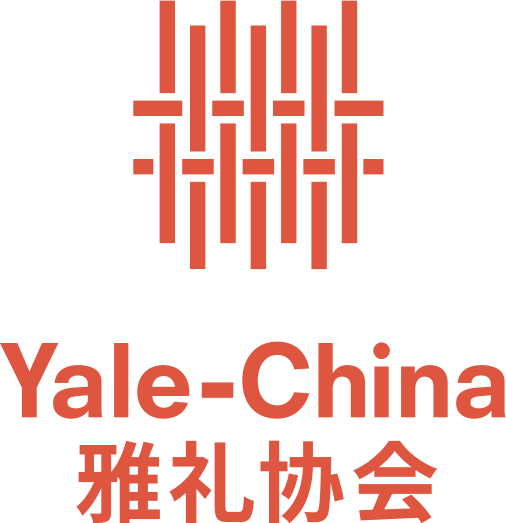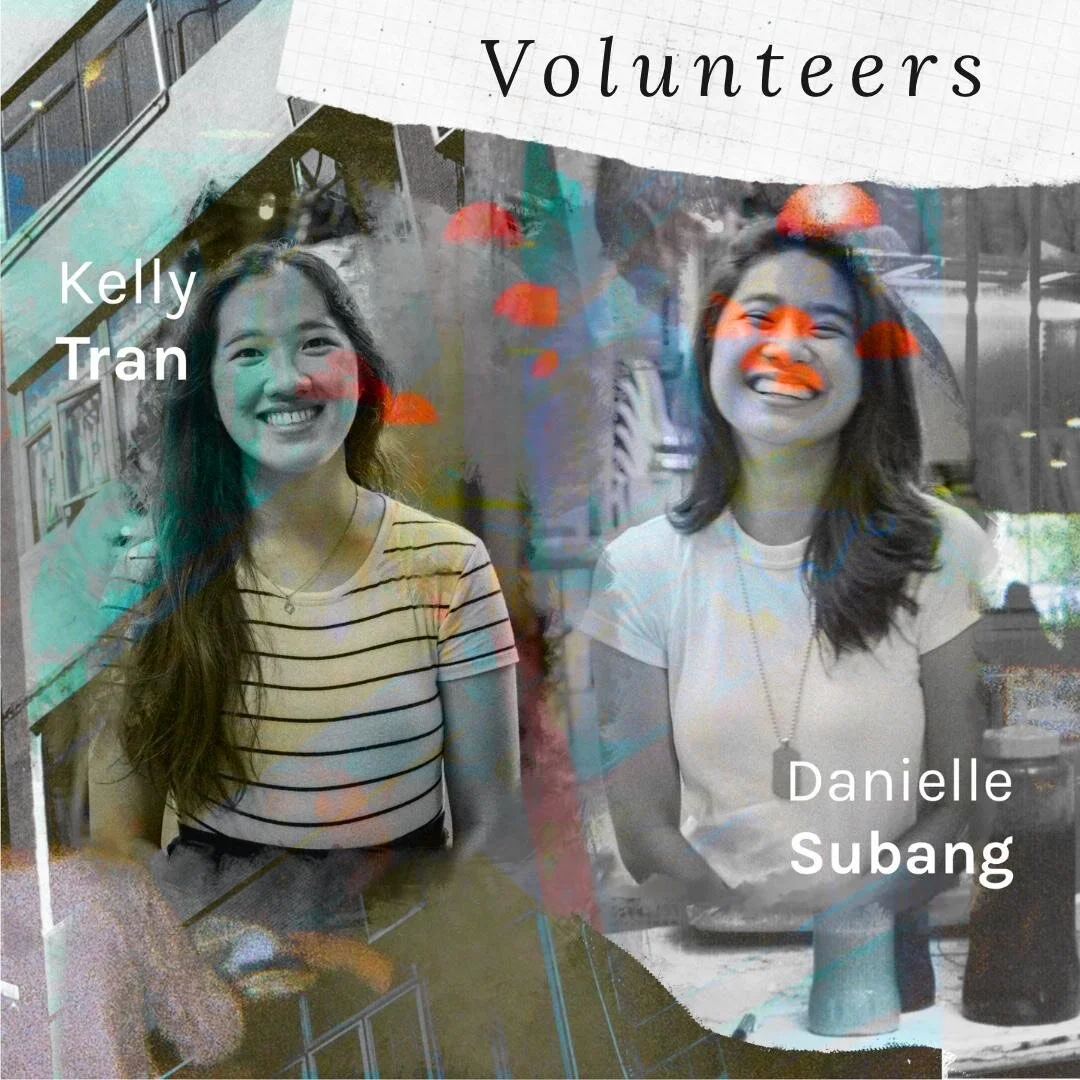Despite the optimism that accompanied this expansion, however, financial challenges would continue to beleaguer the school. Ch’ien Mu found a temporary solution in the form of monthly stipends donated from the operating budget of Taiwan’s presidential office. Later on, as the college built up its reputation as a top-notch educational institution and cultural ambassador, it garnered further support and sponsorship from Hong Kong society and international groups such as the Asia Foundation, the Yale-China Association (or the Yale-in-China Association as it was known at the time), the Ford Foundation, and the Mencius Foundation, among others.
With substantial sponsorship from the Ford Foundation and the Yale-in-China Association, and later from the Hong Kong Government, New Asia College built up a new school campus that to this day features a six-story building with classroom and science laboratory facilities, a theater-style lecture hall known as the Pavilion, an auditorium, as well as a large library containing an extensive catalogue, stack rooms, and reading rooms. Donations and sponsorship from the Yale-in-China Association also enabled New Asia College to fill in the balance of annual expenses.
After New Asia College moved to become a constituent college at the Chinese University of Hong Kong (CUHK) in 1973, its former campus was given a new life as it at last became New Asia Middle School. Today, NAMS is a government-aided school that serves around 500 students. It uses Chinese as the main medium of instruction.
As NAMS nears its 50th anniversary, it prides itself on having retained close ties to New Asia College and CUHK. Every year in March, for instance, the middle school hosts “New Asia, New World,” a forum that gathers students from other secondary schools in the neighborhood and across Hong Kong, in addition to Cultural Ambassadors – that is, non-Chinese students from New Asia College as well as from Yale University. Given their own classrooms, the Cultural Ambassadors prepare discussion topics, games, and various media to share with the 100 or so secondary school students who participate. Past topics have included festivals, sports, international cuisines, and more.








